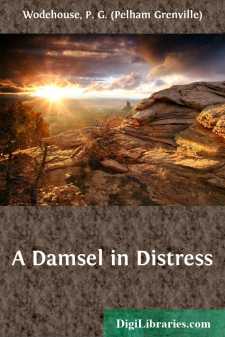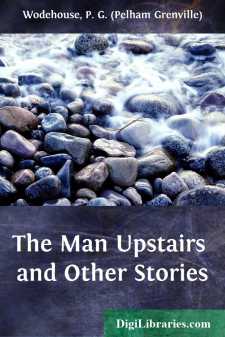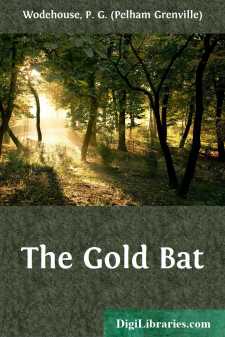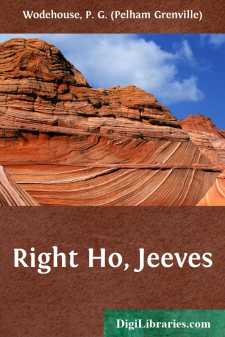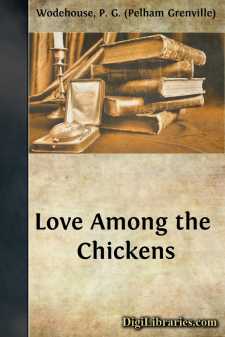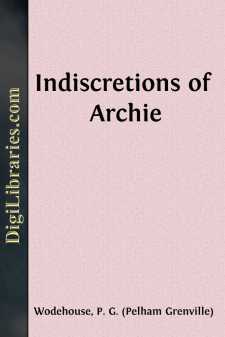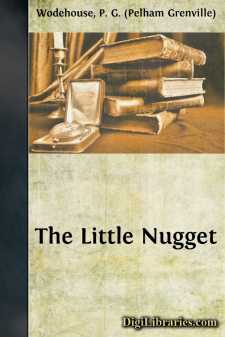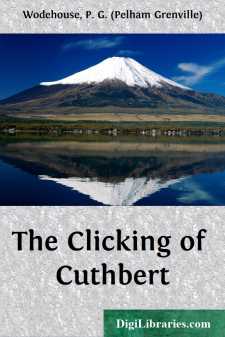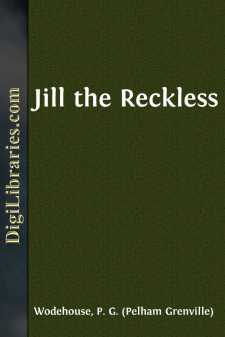Categories
- Antiques & Collectibles 13
- Architecture 36
- Art 48
- Bibles 22
- Biography & Autobiography 813
- Body, Mind & Spirit 142
- Business & Economics 28
- Children's Books 17
- Children's Fiction 14
- Computers 4
- Cooking 94
- Crafts & Hobbies 4
- Drama 346
- Education 46
- Family & Relationships 57
- Fiction 11829
- Games 19
- Gardening 17
- Health & Fitness 34
- History 1377
- House & Home 1
- Humor 147
- Juvenile Fiction 1873
- Juvenile Nonfiction 202
- Language Arts & Disciplines 88
- Law 16
- Literary Collections 686
- Literary Criticism 179
- Mathematics 13
- Medical 41
- Music 40
- Nature 179
- Non-Classifiable 1768
- Performing Arts 7
- Periodicals 1453
- Philosophy 64
- Photography 2
- Poetry 896
- Political Science 203
- Psychology 42
- Reference 154
- Religion 513
- Science 126
- Self-Help 84
- Social Science 81
- Sports & Recreation 34
- Study Aids 3
- Technology & Engineering 59
- Transportation 23
- Travel 463
- True Crime 29
A Damsel in Distress
Description:
Excerpt
CHAPTER 1.
Inasmuch as the scene of this story is that historic pile, Belpher Castle, in the county of Hampshire, it would be an agreeable task to open it with a leisurely description of the place, followed by some notes on the history of the Earls of Marshmoreton, who have owned it since the fifteenth century. Unfortunately, in these days of rush and hurry, a novelist works at a disadvantage. He must leap into the middle of his tale with as little delay as he would employ in boarding a moving tramcar. He must get off the mark with the smooth swiftness of a jack-rabbit surprised while lunching. Otherwise, people throw him aside and go out to picture palaces.
I may briefly remark that the present Lord Marshmoreton is a widower of some forty-eight years: that he has two children—a son, Percy Wilbraham Marsh, Lord Belpher, who is on the brink of his twenty-first birthday, and a daughter, Lady Patricia Maud Marsh, who is just twenty: that the chatelaine of the castle is Lady Caroline Byng, Lord Marshmoreton's sister, who married the very wealthy colliery owner, Clifford Byng, a few years before his death (which unkind people say she hastened): and that she has a step-son, Reginald. Give me time to mention these few facts and I am done. On the glorious past of the Marshmoretons I will not even touch.
Luckily, the loss to literature is not irreparable. Lord Marshmoreton himself is engaged upon a history of the family, which will doubtless be on every bookshelf as soon as his lordship gets it finished. And, as for the castle and its surroundings, including the model dairy and the amber drawing-room, you may see them for yourself any Thursday, when Belpher is thrown open to the public on payment of a fee of one shilling a head. The money is collected by Keggs the butler, and goes to a worthy local charity. At least, that is the idea. But the voice of calumny is never silent, and there exists a school of thought, headed by Albert, the page-boy, which holds that Keggs sticks to these shillings like glue, and adds them to his already considerable savings in the Farmers' and Merchants' Bank, on the left side of the High Street in Belpher village, next door to the Oddfellows' Hall.
With regard to this, one can only say that Keggs looks far too much like a particularly saintly bishop to indulge in any such practices. On the other hand, Albert knows Keggs. We must leave the matter open.
Of course, appearances are deceptive. Anyone, for instance, who had been standing outside the front entrance of the castle at eleven o'clock on a certain June morning might easily have made a mistake. Such a person would probably have jumped to the conclusion that the middle-aged lady of a determined cast of countenance who was standing near the rose-garden, talking to the gardener and watching the young couple strolling on the terrace below, was the mother of the pretty girl, and that she was smiling because the latter had recently become engaged to the tall, pleasant-faced youth at her side....


